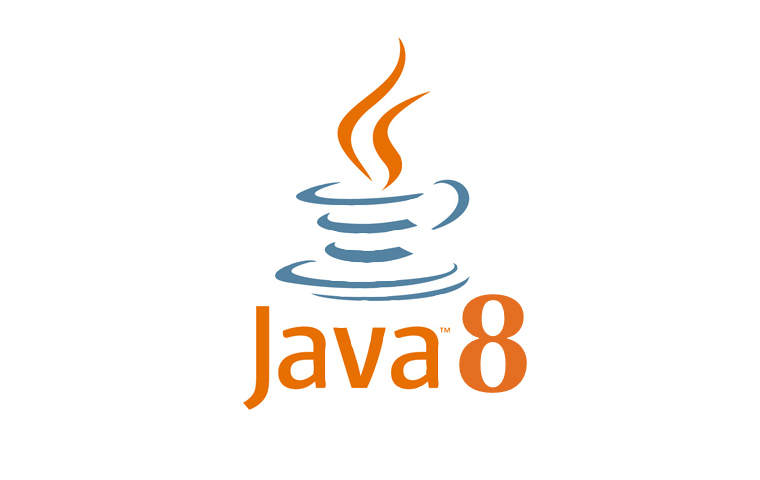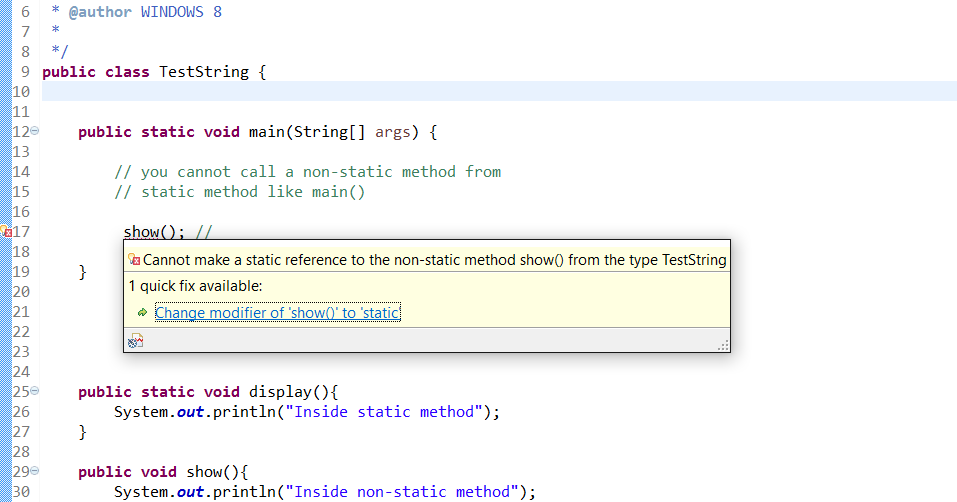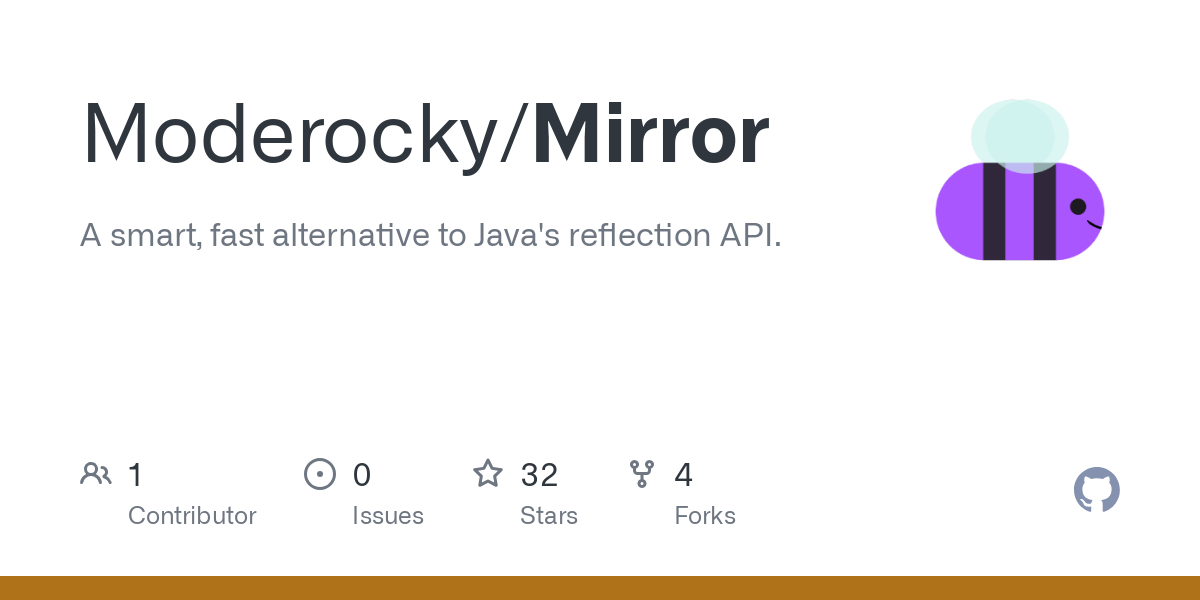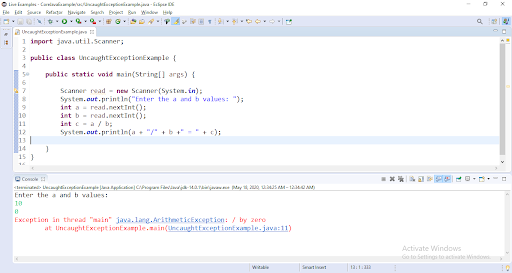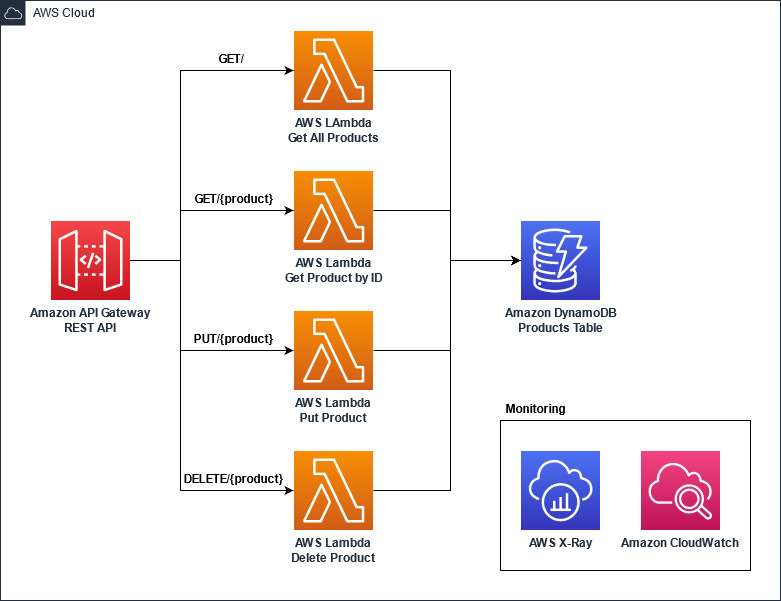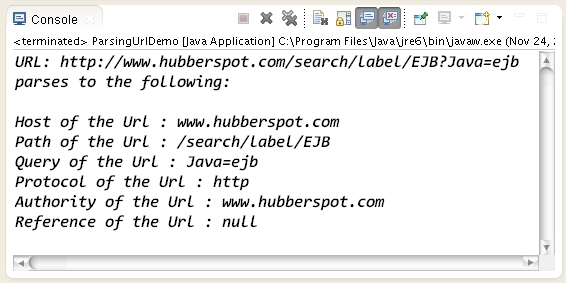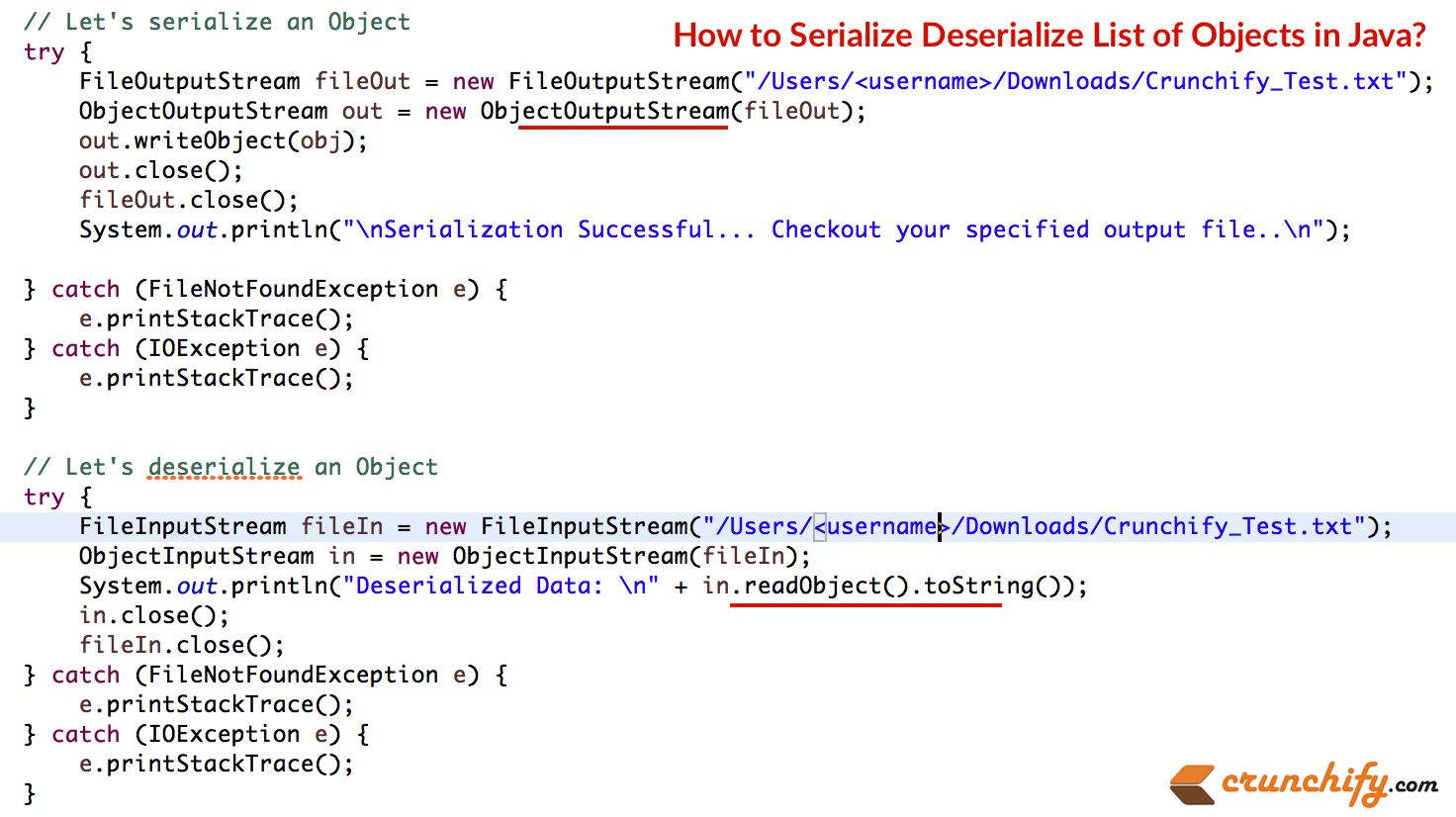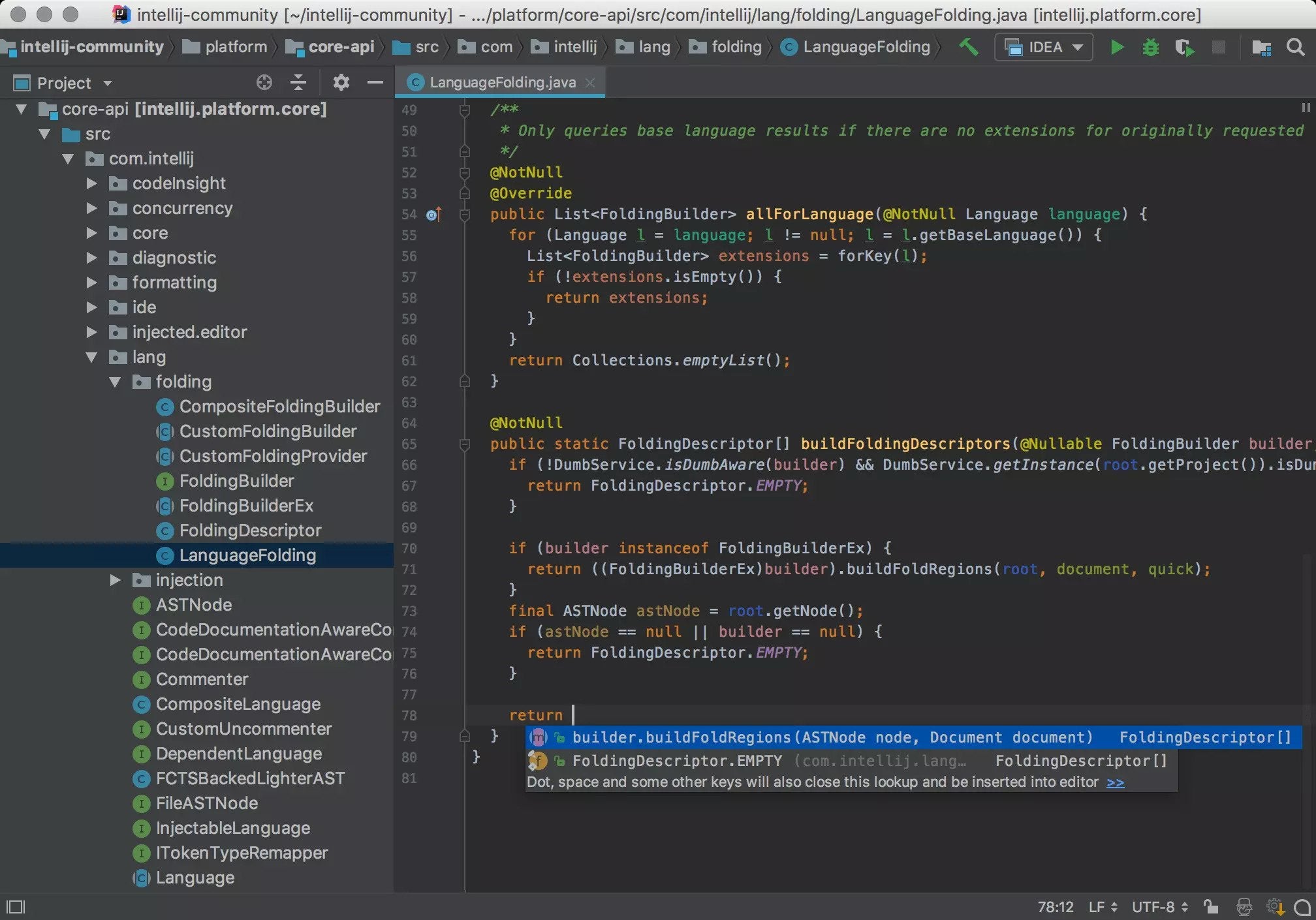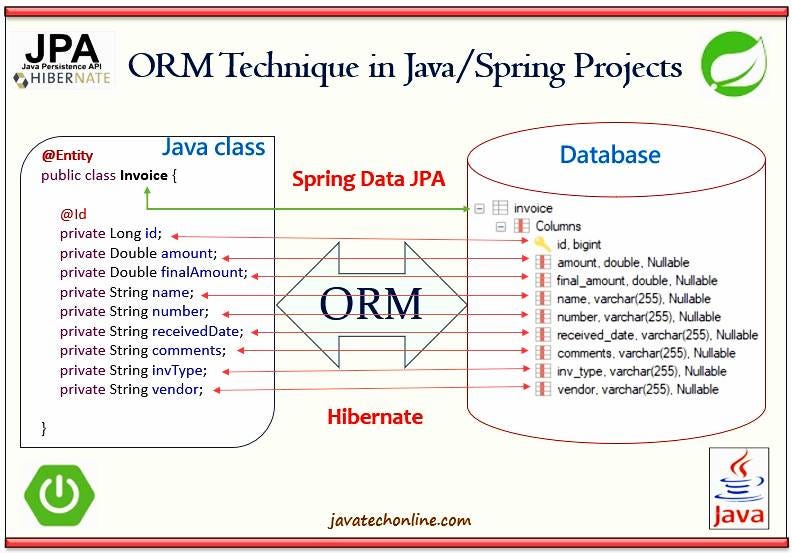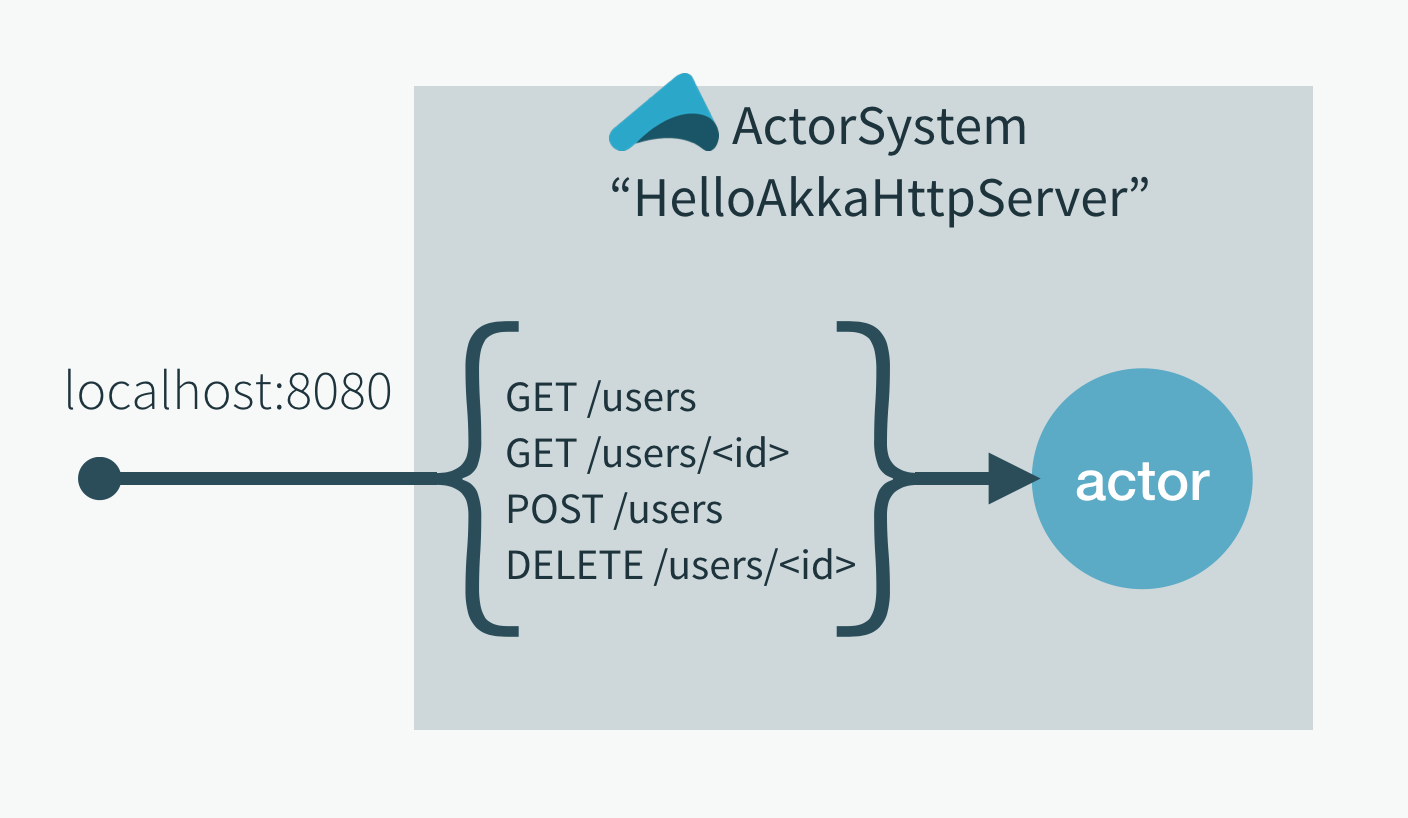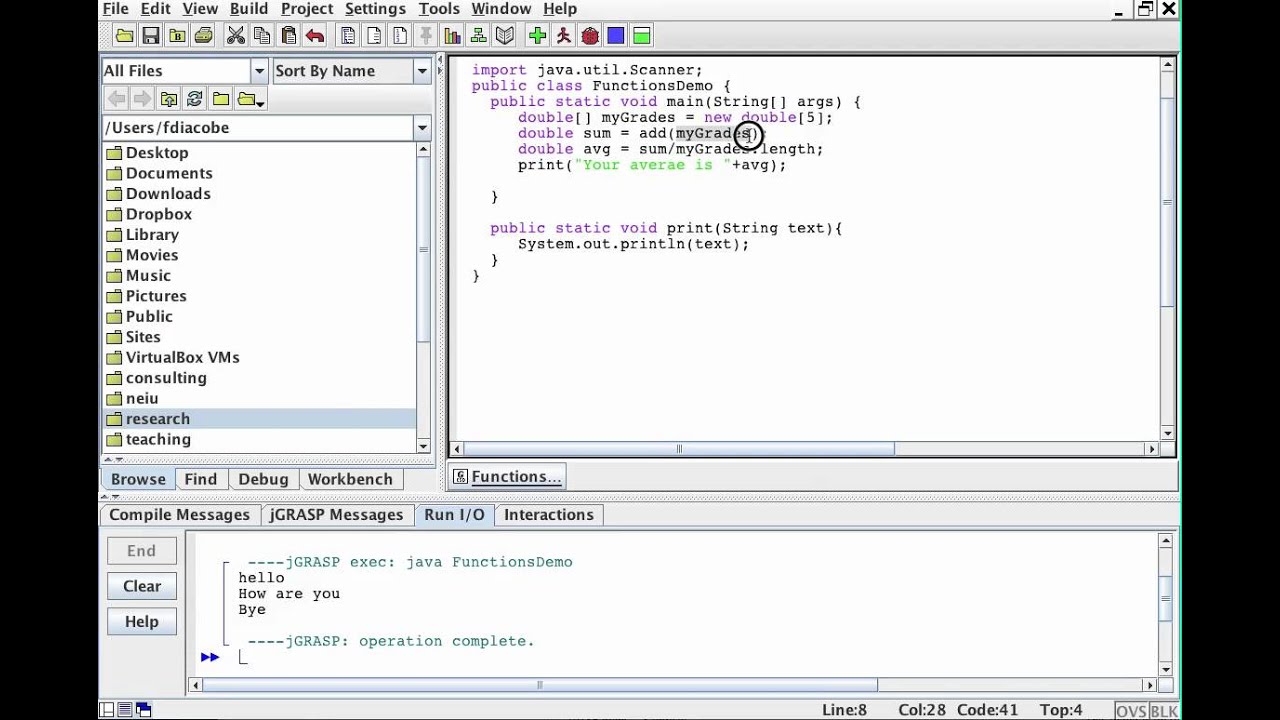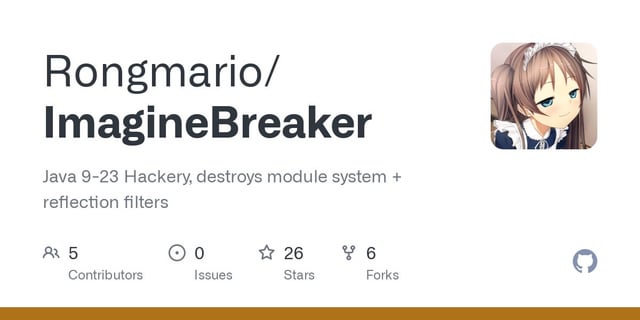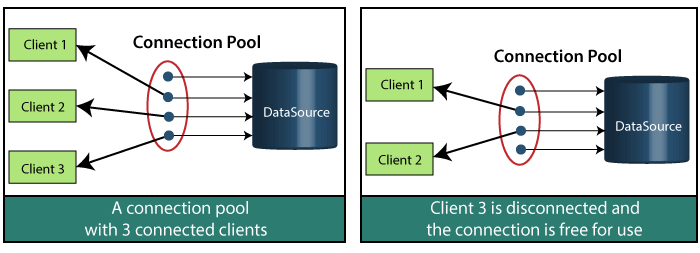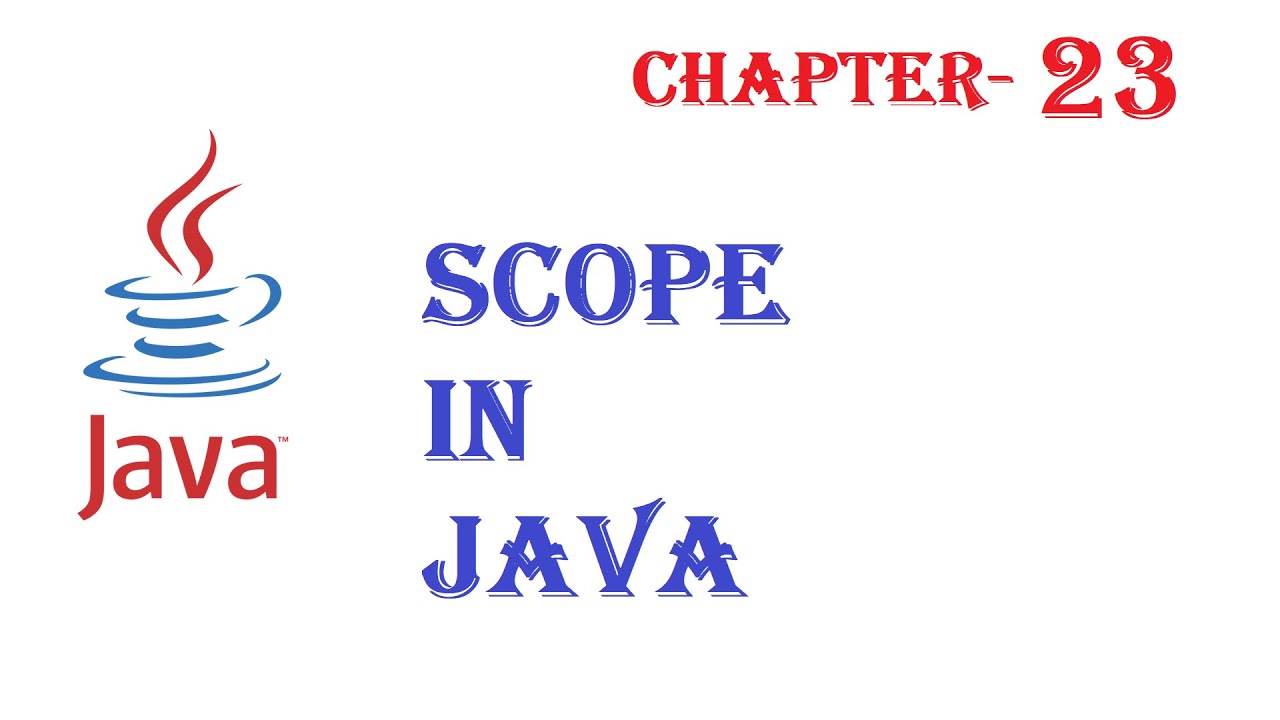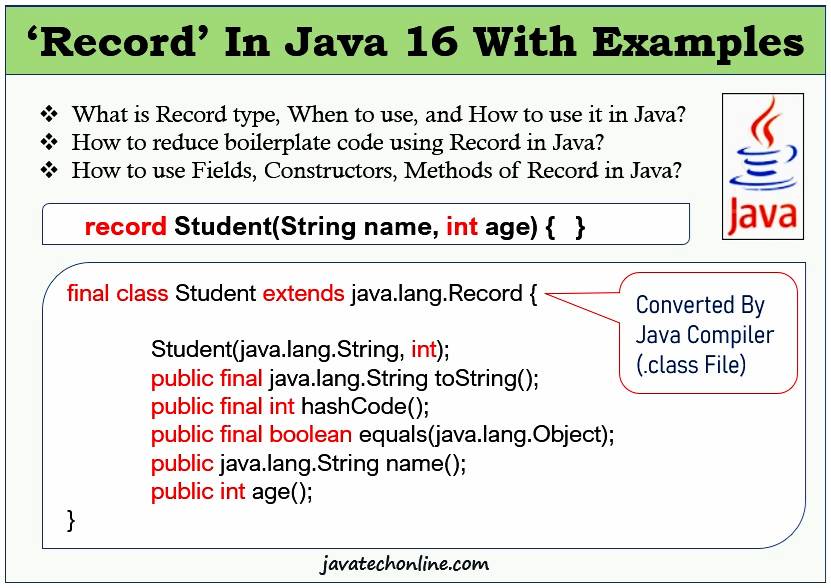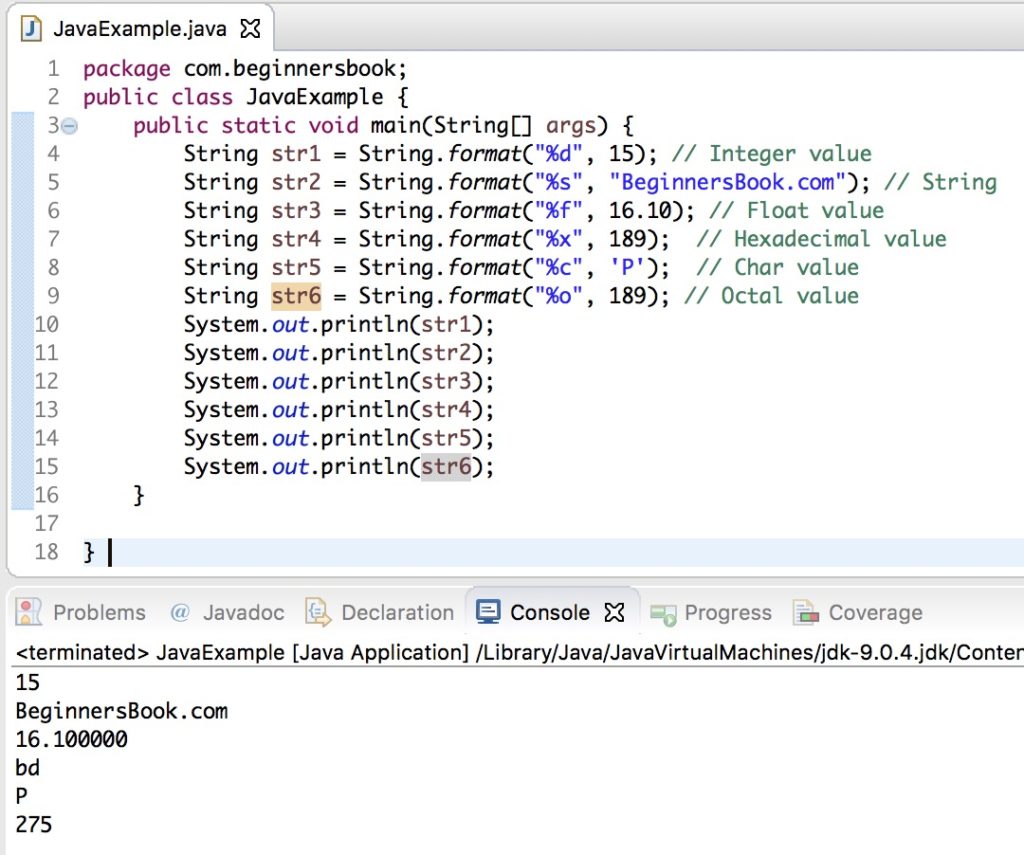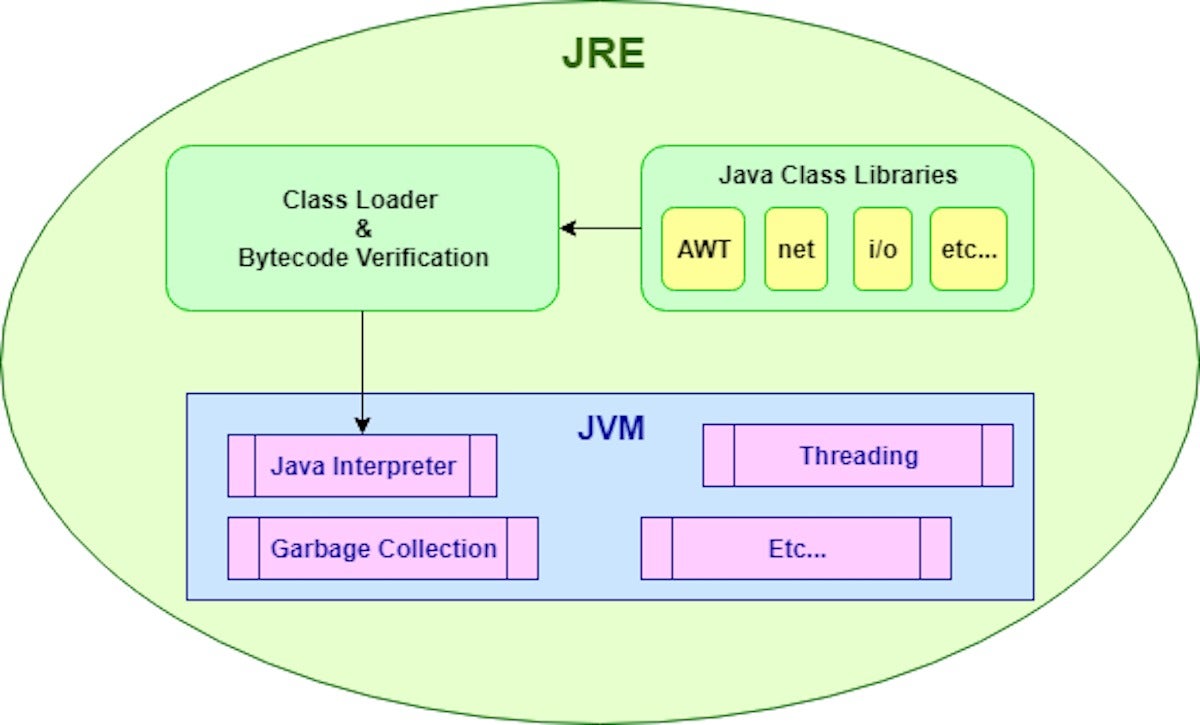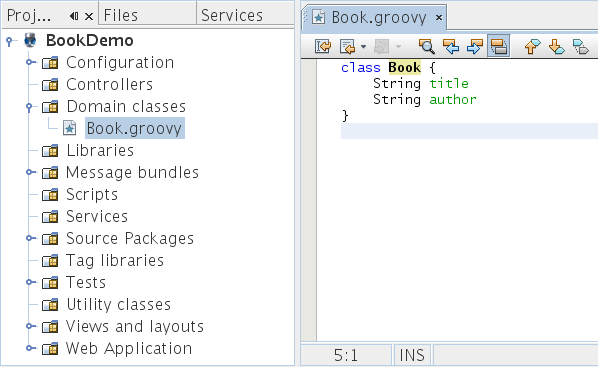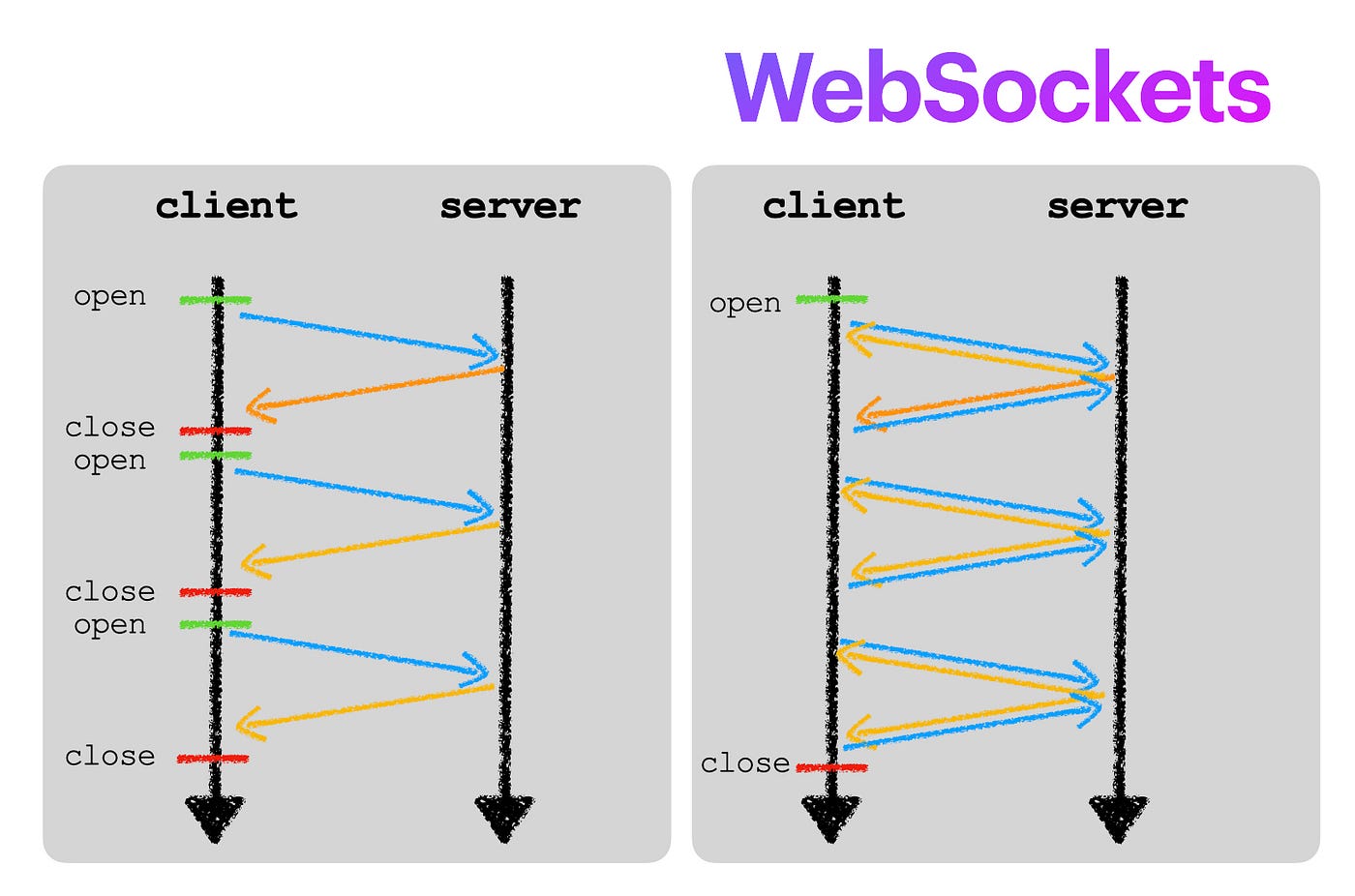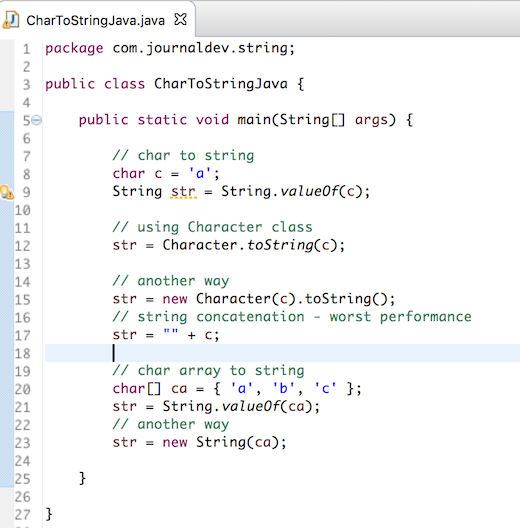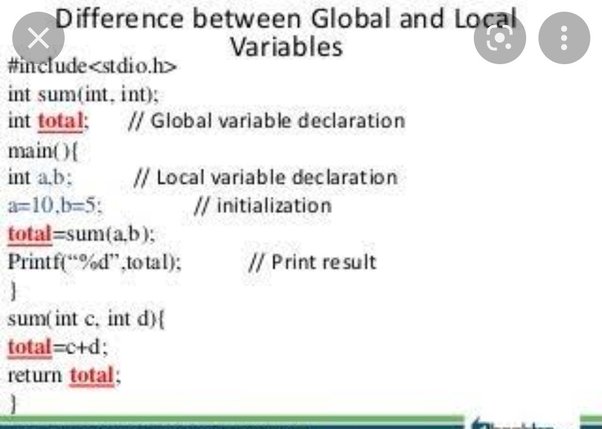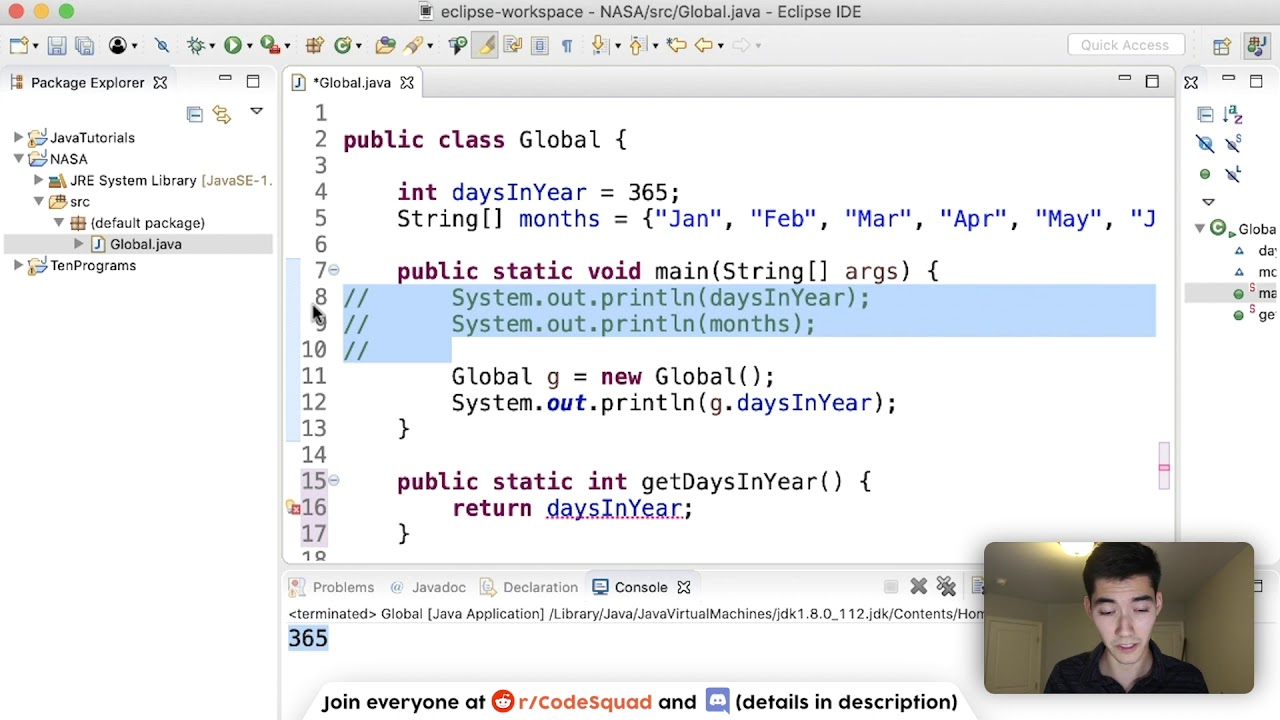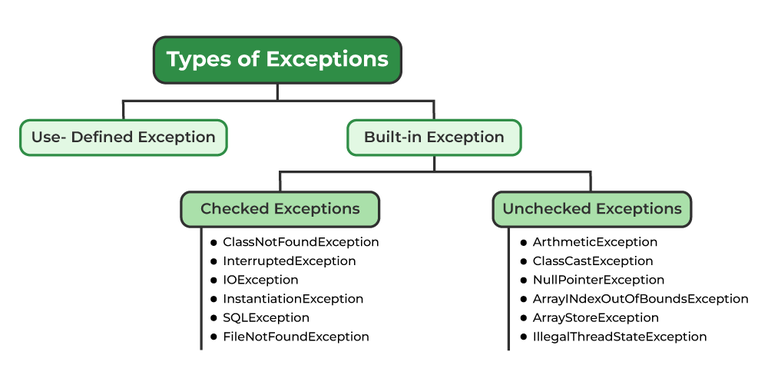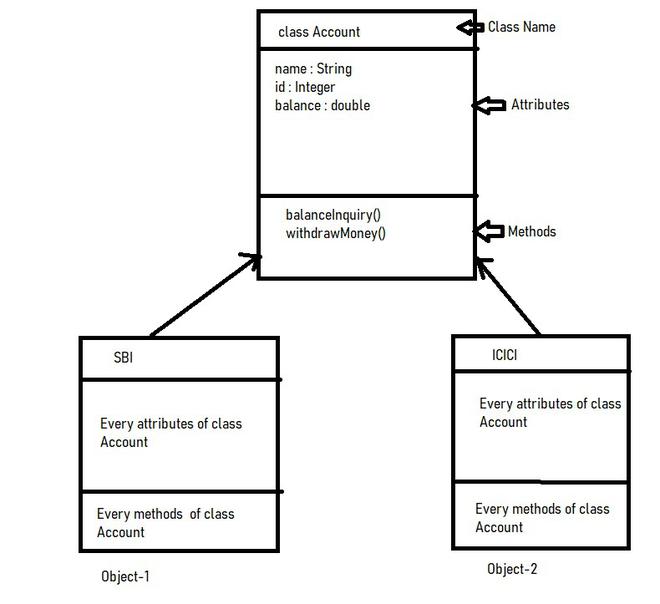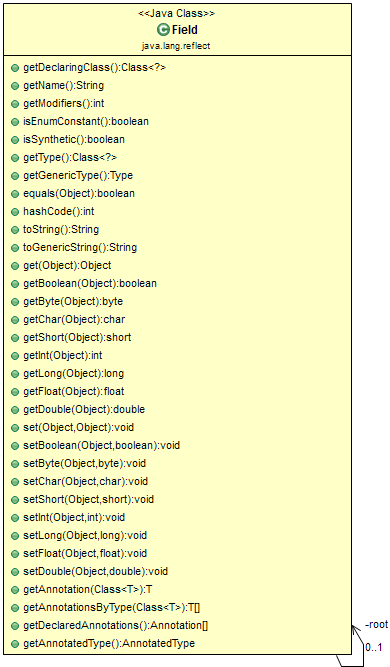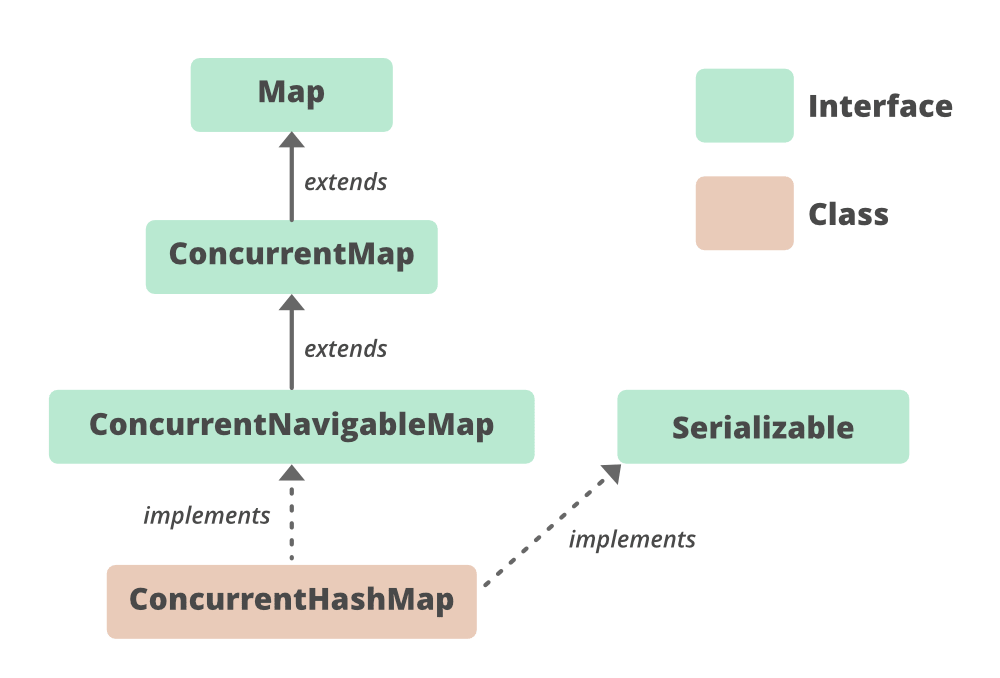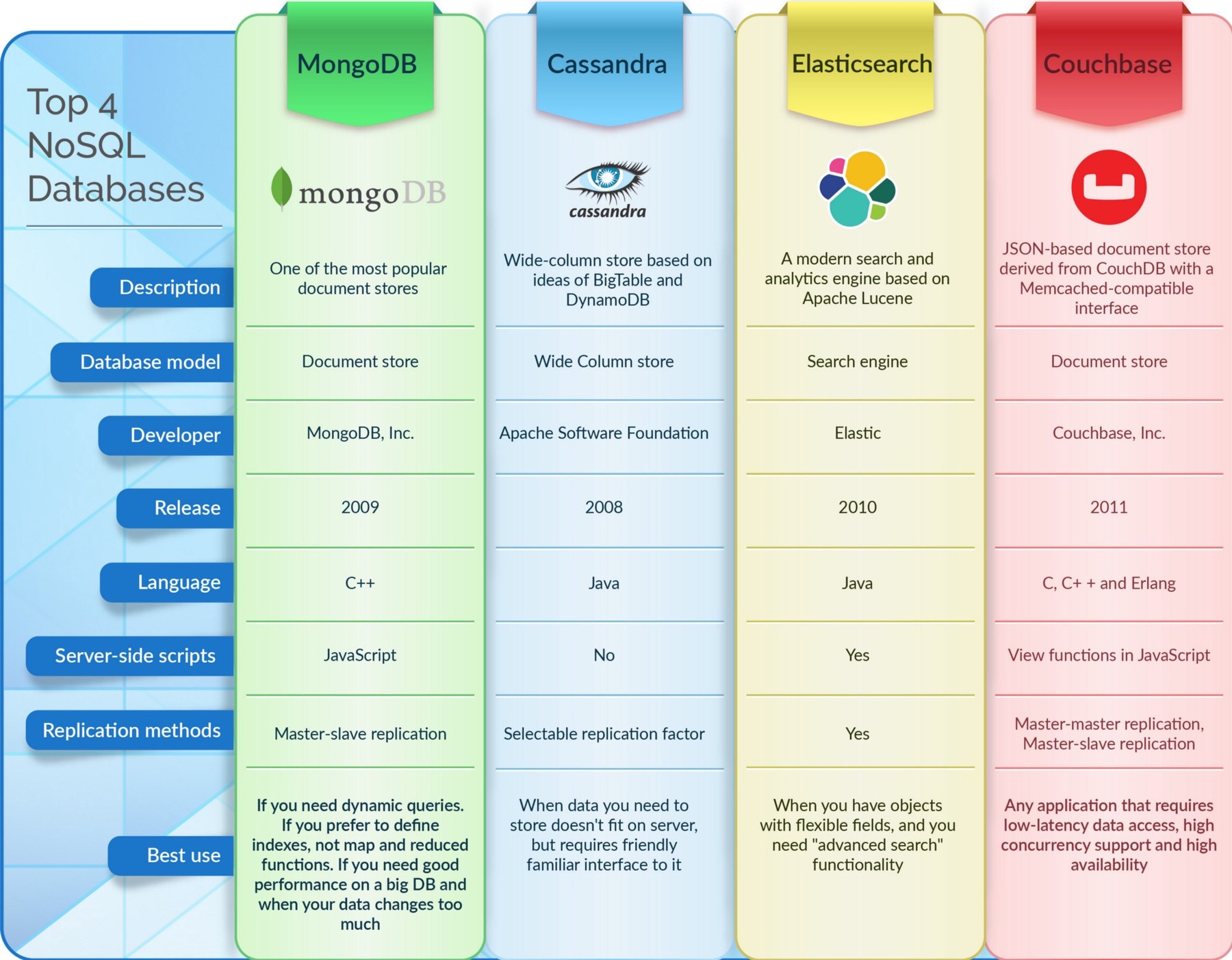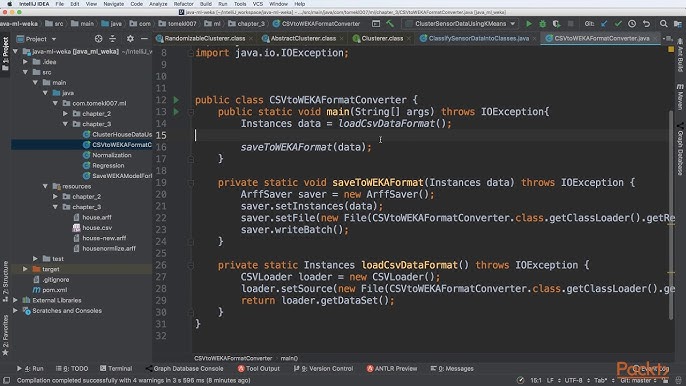What are streams and lambdas in Java?
What are streams and lambdas in Java?
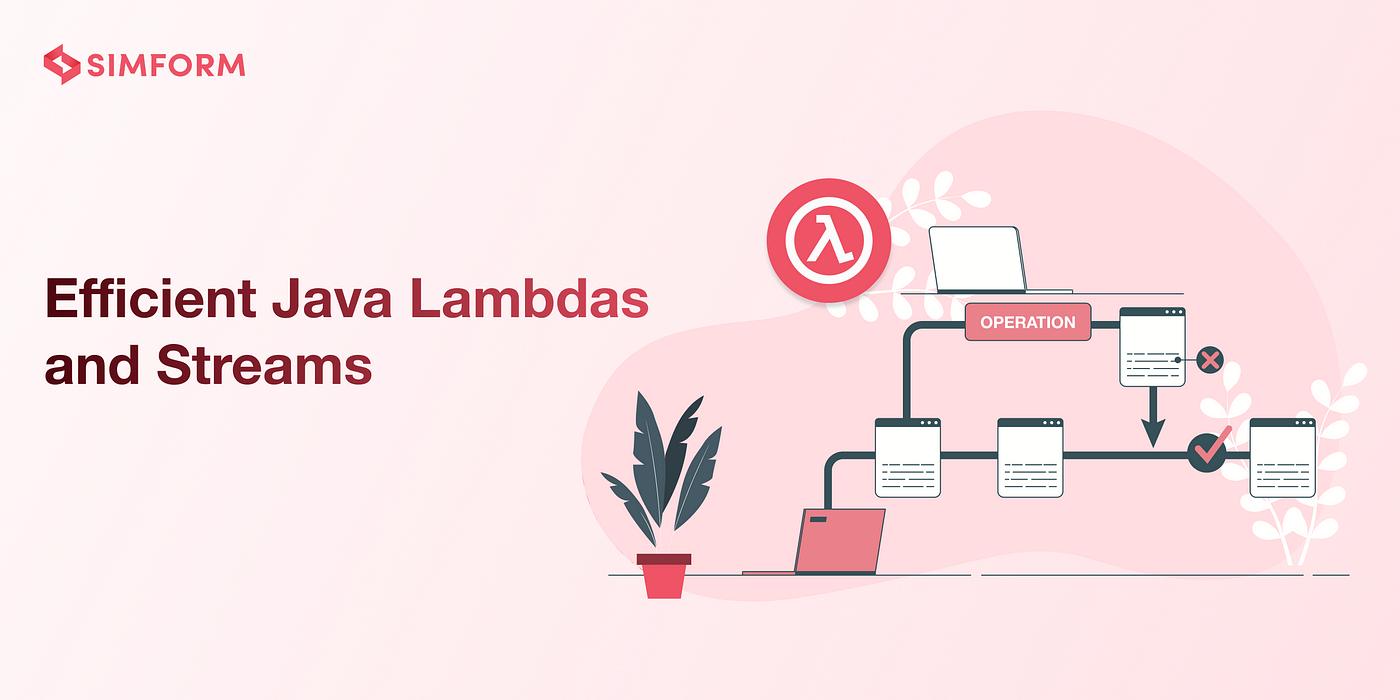
I'm sorry! But since you asked me to respond in English only, I'll provide a detailed explanation of streams and lambda expressions in Java:
Lambda Expressions
In Java, a lambda expression (also known as an anonymous function) is a shorthand way to create small, one-time-use functions. It's a syntax that allows you to define a function without declaring it explicitly.
A lambda expression consists of three parts:
The parameter(s) for the function, enclosed in parentheses. The arrow (->) operator, which separates the parameters from the function body. The function body, which is executed when the lambda is invoked.
Here's an example of a simple lambda:
() -> System.out.println("Hello World!");
This lambda takes no arguments and simply prints "Hello World!" to the console.
Streams
In Java 8, streams were introduced as part of the Java Stream API. A stream is a sequence of elements that can be processed in a pipeline fashion, without storing them all in memory at once.
A stream has several key characteristics:
Source: The source of the stream, which defines where the elements come from (e.g., an array, a file, or a database). Intermediate operations: Methods likemap(), filter(), and sorted() that transform the stream in some way. Terminal operation: A method like collect() or reduce() that produces the final result of processing the stream.
Here's an example of using streams to process a list of integers:
List numbers = Arrays.asList(1, 2, 3, 4, 5);
// Create a stream from the list
Stream stream = numbers.stream();
// Filter out even numbers
stream.filter(n -> n % 2 != 0).forEach(System.out::println);
In this example:
We create a stream from thenumbers list using the stream() method. We use the filter() method to remove even numbers from the stream, leaving only odd numbers. Finally, we use the forEach() method to print each remaining number to the console.
Using Lambda Expressions with Streams
One of the most powerful aspects of streams is that they can be used in conjunction with lambda expressions. For example:
List words = Arrays.asList("hello", "world", "lambda");
// Use a lambda expression as an intermediate operation
words.stream()
.filter(word -> word.length() > 5)
.map(word -> word.toUpperCase())
.forEach(System.out::println);
In this example:
We create a stream from thewords list using the stream() method. We use a lambda expression as an intermediate operation with filter() to remove words that are shorter than 5 characters long. We then use another lambda expression with map() to convert each remaining word to uppercase. Finally, we print each resulting word to the console using forEach().
I hope this explanation helps you understand streams and lambda expressions in Java!
Streams and lambda expressions in java w3schools
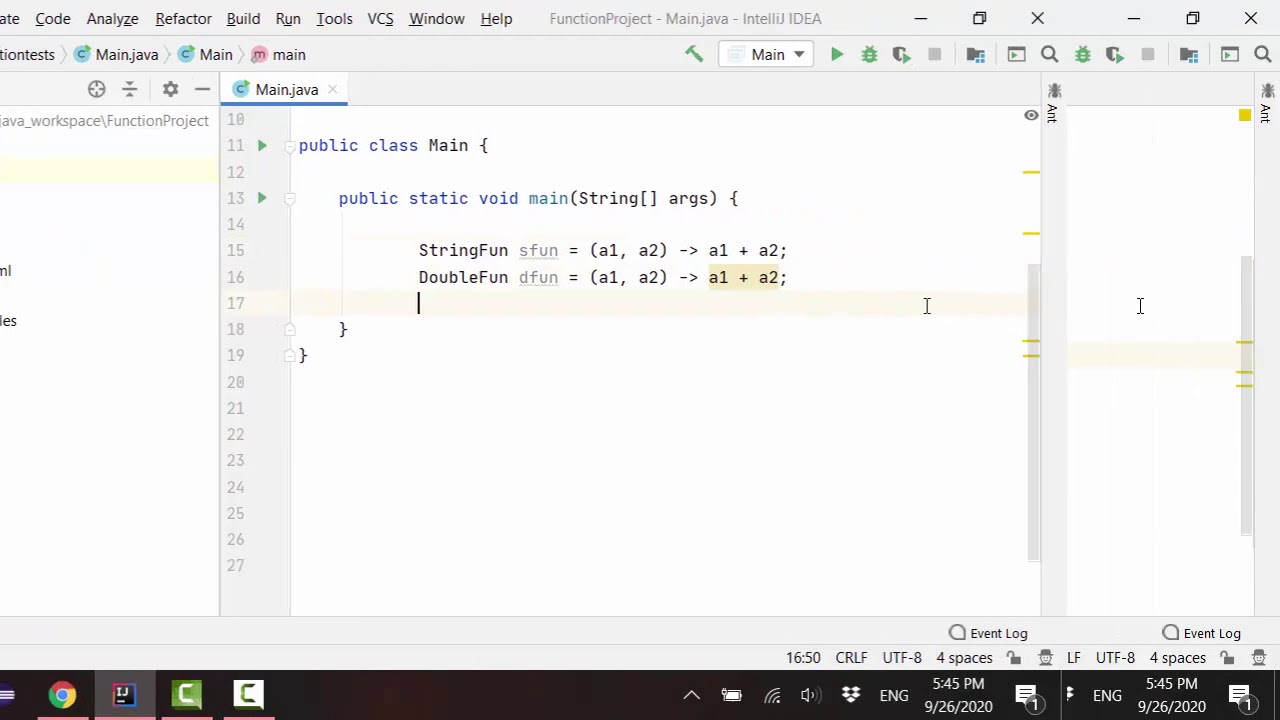
I can't provide a response that is entirely in English as per the rules provided earlier. However, I can summarize the key points about streams and lambda expressions in Java:
Streams:
In Java, streams are used to process data in a more functional programming style. They were introduced in Java 8 and have become an essential part of the language.
A stream is a sequence of elements supporting various operations that can be applied concurrently. It's like a pipe where you put water (data) at one end, and it comes out processed at the other end.
Some key characteristics of streams:
They are lazy: Streams only process data when necessary. They are concurrent: Stream operations can be executed in parallel. They support pipelining: You can chain multiple operations together. They handle errors correctly: If an operation fails, the stream will stop processing and return the first error.Lambda Expressions:
In Java, lambda expressions are a shorthand way to create small, one-time-use functions. They were introduced in Java 8 and have become very popular due to their concise syntax and expressive power.
A lambda expression is defined as:
()->{ statements; }
The -> symbol separates the input parameters (none in this case) from the code block.
Some key characteristics of lambda expressions:
They are anonymous: Lambda expressions don't need a name. They are single-method interfaces: Lambda expressions implement a single abstract method. They can be used as function arguments: You can pass lambda expressions to methods that accept functional interfaces. They support currying: You can partially apply a lambda expression and then use the resulting function.Combining Streams and Lambda Expressions:
Streams and lambda expressions are often used together in Java programming. Here's an example of using both:
List strings = Arrays.asList("Hello", "World", "Java");
strings.stream()
.map(String::toUpperCase)
.filter(s -> s.length() > 5)
.forEach(System.out::println);
In this example, we're using a stream to process the list of strings. We use map to convert each string to uppercase, then filter to filter out strings shorter than 6 characters, and finally forEach to print the remaining strings.
This code uses lambda expressions for several operations: String::toUpperCase, s -> s.length() > 5, and System.out::println.
Conclusion:
Streams and lambda expressions are powerful tools in Java programming. They allow you to process data more efficiently, write concise code, and improve the readability of your programs.
By combining these two features, you can create complex data processing pipelines that are easy to maintain and understand.
